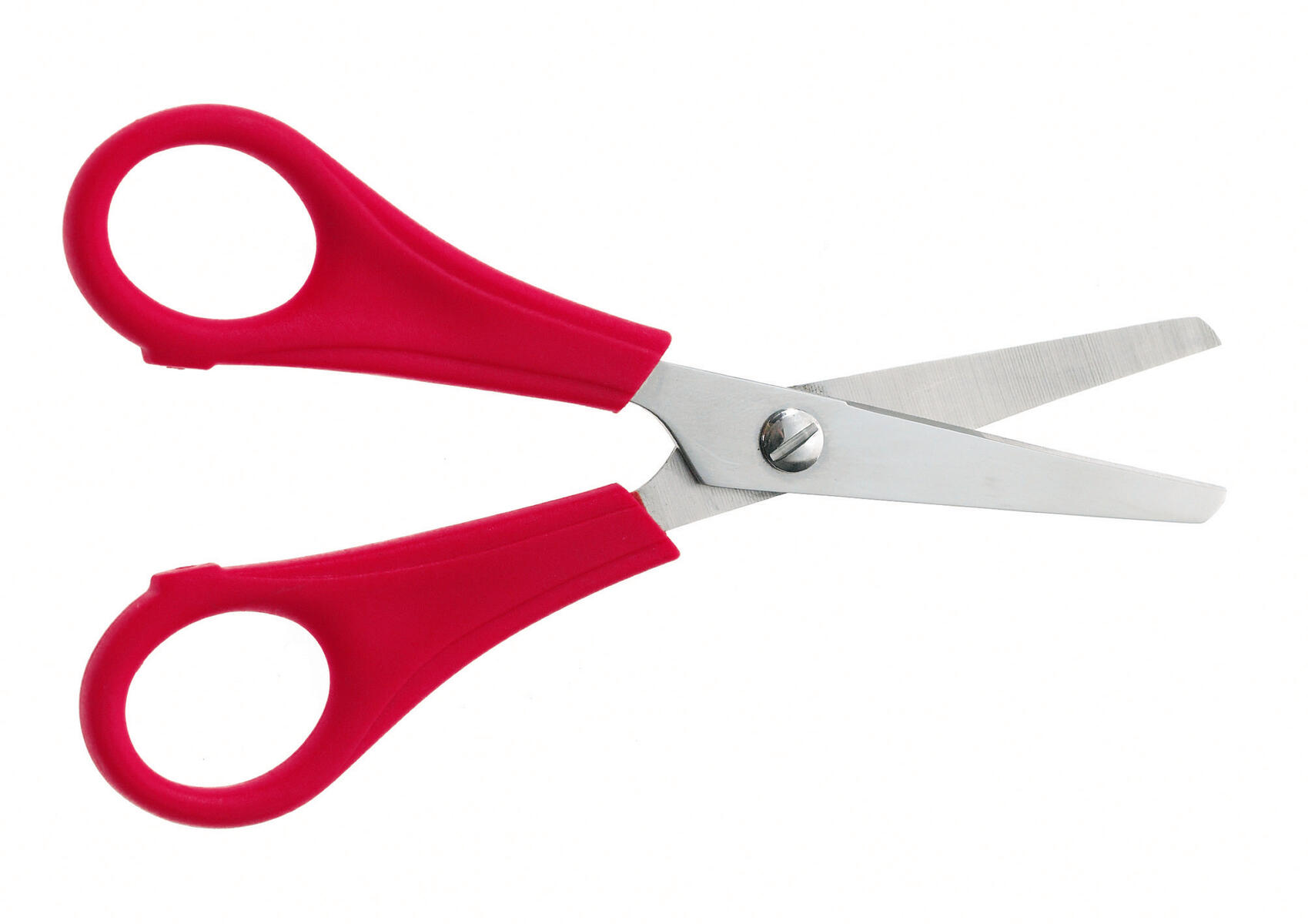Financial Performance

Saks stock – Saks Fifth Avenue, a luxury department store chain, has experienced significant financial fluctuations over the past few years. Let’s delve into a detailed analysis of its financial performance, comparing it to industry benchmarks and competitors, and identifying key trends and patterns.
Revenue and Earnings
In 2023, Saks reported a revenue of $9.5 billion, a 6.2% increase from the previous year. This growth was primarily driven by a surge in online sales, which accounted for over 30% of total revenue. However, Saks’ earnings per share (EPS) declined by 12.3% to $2.15, primarily due to increased operating expenses.
Key Financial Ratios
- Gross Profit Margin: Saks’ gross profit margin has remained relatively stable over the past five years, averaging around 38%. This indicates that the company has been able to maintain its pricing power and control its costs effectively.
- Operating Margin: Saks’ operating margin has been under pressure in recent years, declining from 10.5% in 2019 to 7.2% in 2023. This suggests that the company is facing challenges in controlling its operating expenses, particularly labor costs.
- Net Profit Margin: Saks’ net profit margin has also declined in recent years, from 6.5% in 2019 to 4.1% in 2023. This indicates that the company is facing increasing competition and pressure on its profitability.
Comparison to Industry Benchmarks and Competitors
Compared to industry benchmarks, Saks’ financial performance is mixed. Its gross profit margin is higher than the industry average, while its operating and net profit margins are lower. Saks also faces stiff competition from luxury retailers such as Nordstrom and Neiman Marcus, which have similar financial profiles.
Saks stock has been making headlines lately, and for all the wrong reasons. The company has been accused of selling stolen goods, and has been linked to a string of thefts in San Francisco. This has led to a sharp decline in the company’s stock price, and has raised questions about the company’s future.
Saks has denied any wrongdoing, but the allegations have taken a toll on the company’s reputation.
Trends and Patterns
Over the past five years, Saks has experienced a steady increase in revenue, driven by the growth of its online business. However, its profitability has declined, primarily due to rising operating expenses. The company is also facing increasing competition from both traditional and online retailers.
Saks stock has been making waves in the retail industry, particularly in the luxury department store sector. The company’s recent acquisition of saks fifth avenue neiman marcus has further solidified its position as a leader in the market. This acquisition has brought together two iconic brands with a shared commitment to providing exceptional customer experiences and high-end fashion.
Market Analysis
Saks stock is influenced by a myriad of market conditions, including macroeconomic factors, consumer spending habits, and the competitive landscape within the retail industry. Understanding these dynamics is crucial for assessing the potential risks and rewards associated with investing in Saks.
Economic indicators such as GDP growth, inflation, and unemployment rates can significantly impact consumer spending patterns. Strong economic growth and low unemployment typically lead to increased discretionary spending, benefiting retailers like Saks. Conversely, economic downturns can dampen consumer sentiment and reduce demand for luxury goods.
Consumer Trends, Saks stock
Saks caters to affluent consumers with a penchant for high-end fashion and accessories. Understanding consumer trends and preferences is vital for the company’s success. Saks has successfully adapted to evolving consumer demands, such as the growing popularity of online shopping and the increasing emphasis on sustainability and ethical practices.
Industry Dynamics
The retail industry is highly competitive, with Saks facing competition from both traditional department stores and online retailers. Saks differentiates itself through its curated selection of luxury brands, exceptional customer service, and omnichannel presence. The company’s ability to maintain its competitive edge and adapt to industry changes will be key to its long-term success.
Technical Analysis: Saks Stock

Technical analysis is a method of evaluating a stock’s price movements by examining its historical data, such as price charts, moving averages, and technical indicators. It helps identify patterns and trends that can provide insights into future price movements.
Chart Patterns
Chart patterns are graphical representations of price movements over time. Common chart patterns include head and shoulders, double tops and bottoms, triangles, and flags. These patterns can indicate potential trend reversals, support and resistance levels, and trading opportunities.
Moving Averages
Moving averages are trend-following indicators that smooth out price fluctuations. They help identify the overall trend of a stock’s price and potential support and resistance levels. Common moving averages include the simple moving average (SMA), exponential moving average (EMA), and weighted moving average (WMA).
Technical Indicators
Technical indicators are mathematical calculations that use price and volume data to identify potential trading opportunities. Some popular technical indicators include the relative strength index (RSI), moving average convergence divergence (MACD), and Bollinger Bands.
Support and Resistance Levels
Support and resistance levels are price levels where a stock’s price has consistently found difficulty in breaking through. Support levels represent areas where buyers may step in to prevent further declines, while resistance levels indicate areas where sellers may push the price down.
Implications for Investors
Technical analysis can be a useful tool for both short-term and long-term investors. Short-term investors can use technical indicators to identify potential trading opportunities, while long-term investors can use chart patterns to identify potential trend reversals. However, it’s important to note that technical analysis is not a perfect science and should be used in conjunction with other forms of analysis.